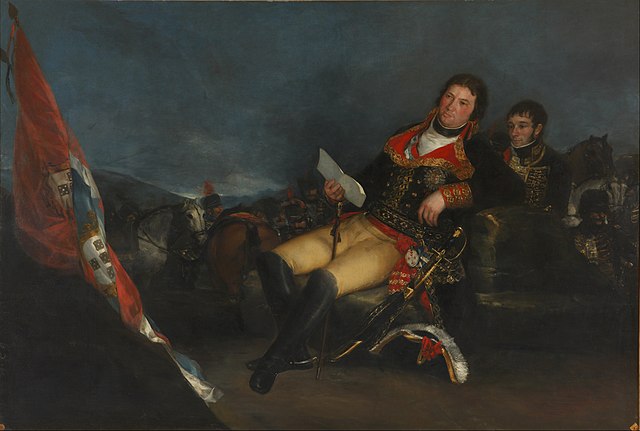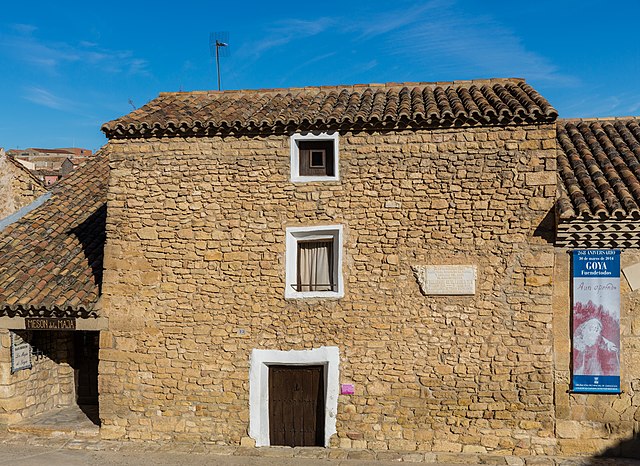The Third of May 1808 in Madrid is a painting completed in 1814 by the Spanish painter Francisco Goya, now in the Museo del Prado, Madrid. In the work, Goya sought to commemorate Spanish resistance to Napoleon's armies during the occupation of 1808 in the Peninsular War. Along with its companion piece of the same size, The Second of May 1808, it was commissioned by the provisional government of Spain at Goya's own suggestion shortly after the ousting of the French occupation and the restoration of King Ferdinand VII.
The Third of May 1808
The Second of May 1808 was completed in 1814, two months before its companion work The Third of May 1808. It depicts the uprising that precipitated the executions of the third of May.
Goya's Manuel Godoy, Duke of Alcudia, Prince of the Peace, 1801. Godoy was Prime Minister of Spain during the 1808 Napoleonic invasion of Spain.
Yo lo vi (I saw it), in The Disasters of War (Los desastres de la guerra, plate 44, c. 1810–1812
Francisco José de Goya y Lucientes was a Spanish romantic painter and printmaker. He is considered the most important Spanish artist of the late 18th and early 19th centuries. His paintings, drawings, and engravings reflected contemporary historical upheavals and influenced important 19th- and 20th-century painters. Goya is often referred to as the last of the Old Masters and the first of the moderns.
Portrait of Goya by Vicente López (1826), Museo del Prado, Madrid
Yard with Lunatics, c. 1794
Birth house of Francisco Goya, Fuendetodos, Zaragoza
Portrait of Josefa Bayeu (1747–1812)








